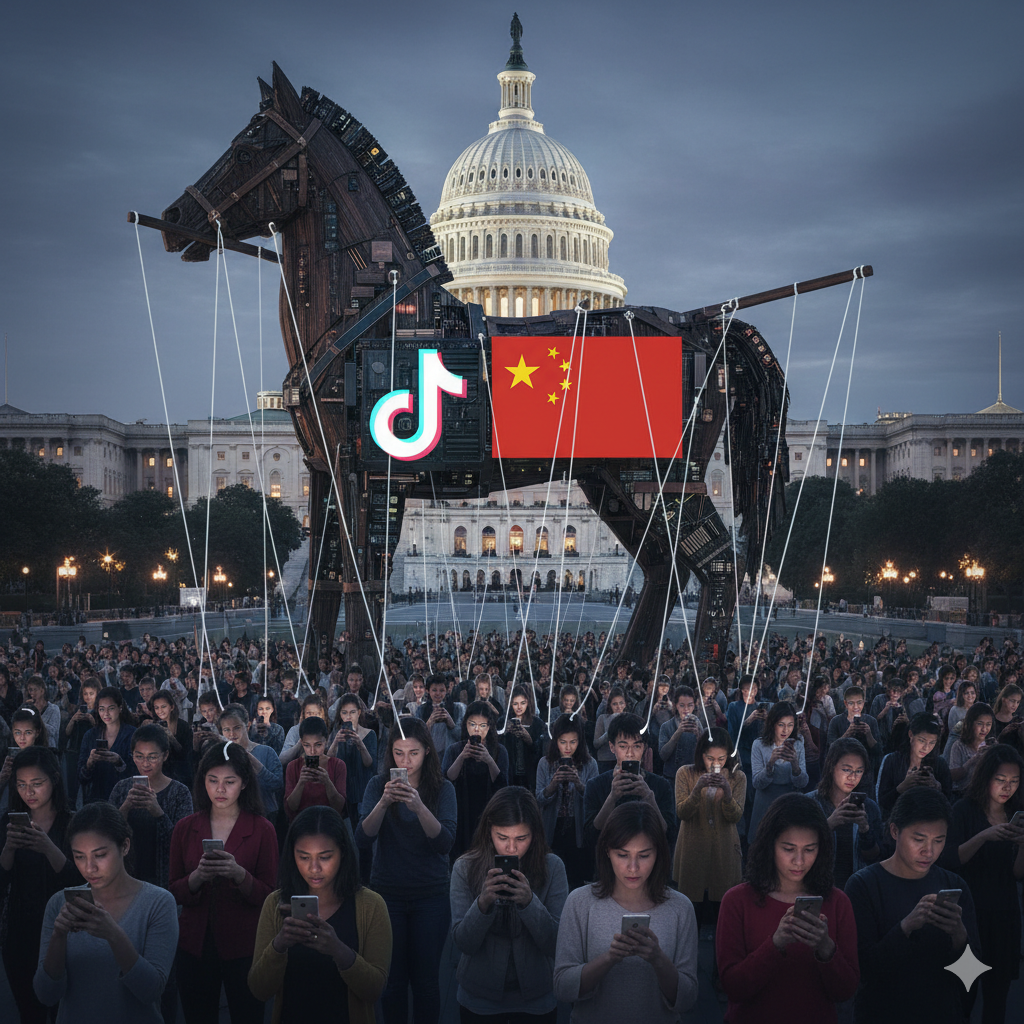Executive Summary
This analysis uses a standardized suite of network diagnostic tools to conduct a global reconnaissance of the internet. It reveals a digital world that is rapidly fragmenting.
The core argument is that the “Splinternet” is not a future possibility. It is a present and accelerating reality.¹ This term describes the division of the internet into distinct, often isolated national or regional enclaves.²
To map this landscape, the report first establishes a baseline of an open and efficient network in the Netherlands. It then systematically explores the diverse architectures of internet control worldwide.
This report categorizes the findings into distinct archetypes that illustrate this fragmentation.
- The “Walled Gardens” of nations like China and North Korea operate state-controlled intranets.³
- The “Curated Web” of countries like Russia and Turkey employs sophisticated filtering and politically-motivated routing.⁴
- The “Developing Web” across Africa and South America has connectivity shaped by infrastructural deficits and post-colonial legacies.⁵
- The “Free Web” of the EU and US, while open, is fragmented by complex regulations, commercial interests, and internal digital divides.⁶
The investigation concludes that a digital archipelago is supplanting the foundational concept of a single, borderless internet.⁷ This trend is poised to intensify. The advent of state-aligned satellite constellations and AI-powered censorship will fundamentally reshape global communication, commerce, and geopolitics.
(more…)
